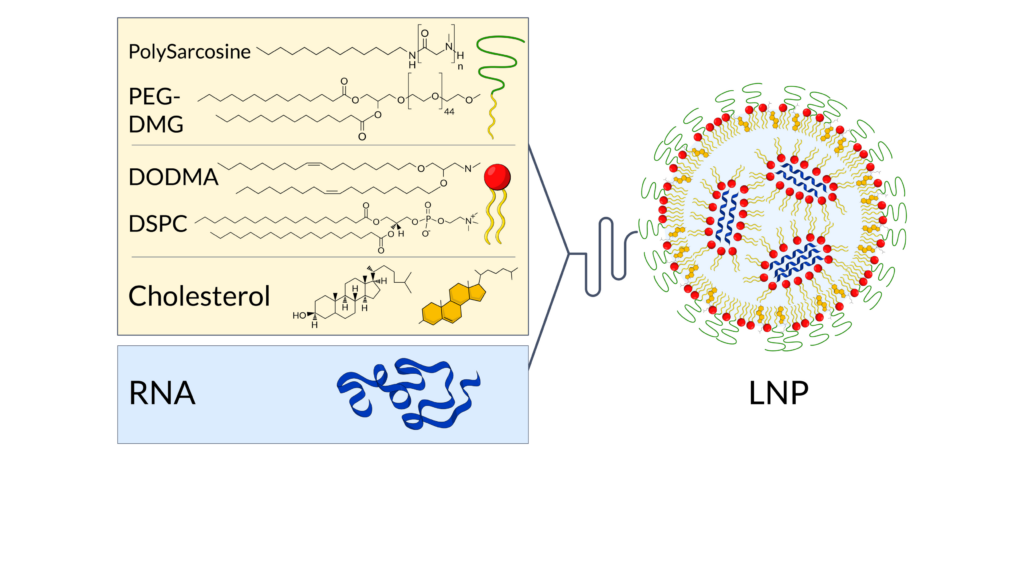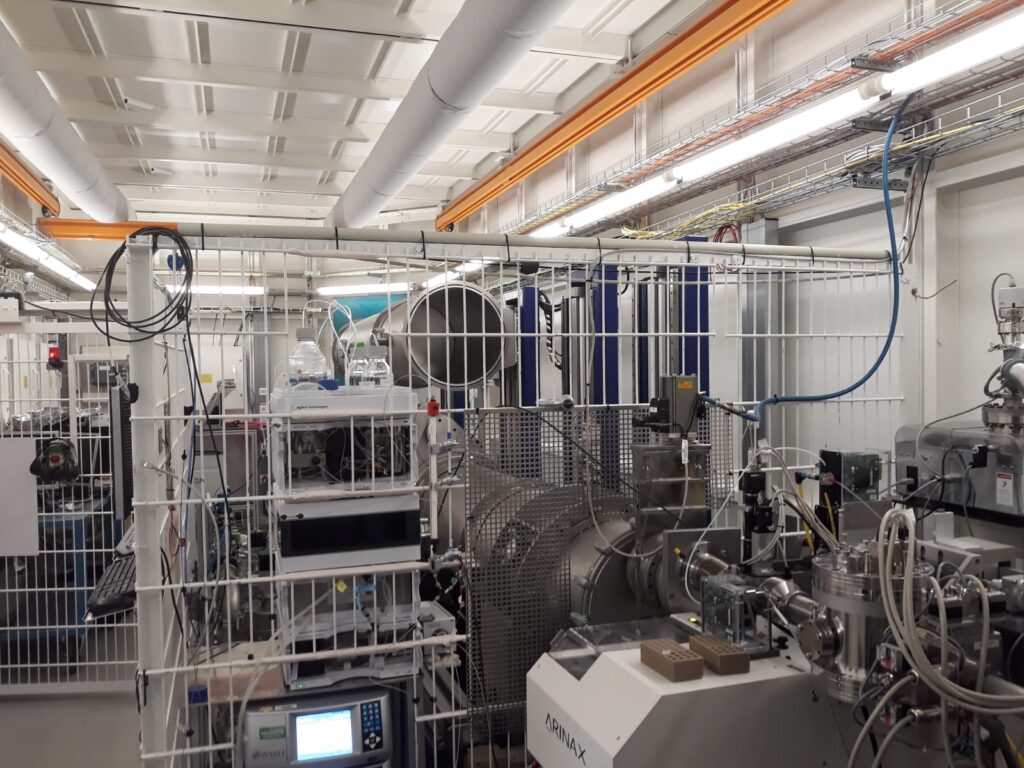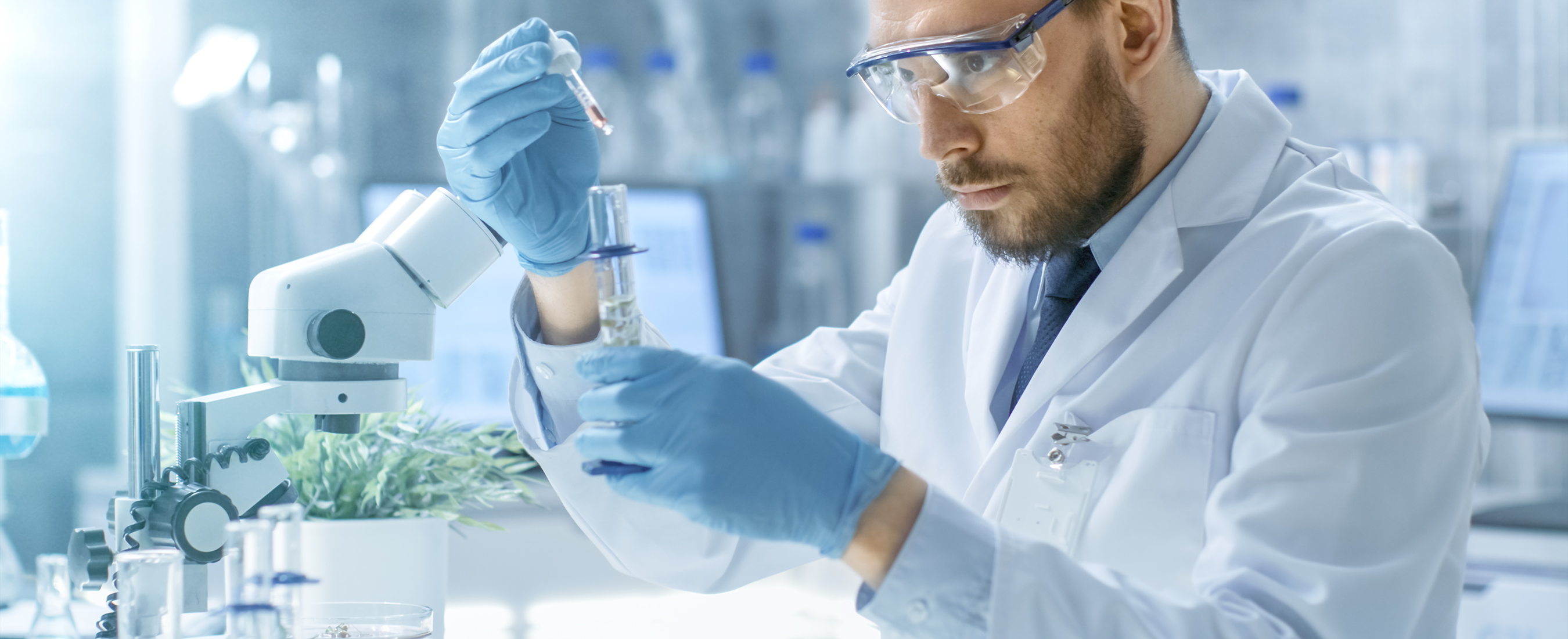Send us your feedback
Here you can send us feedback on the Maxess-website. Please describe the problem or what’s missing in a clear way, and on what page you found the issue. Thank you so much for your help!
Insights into better ways to package and deliver RNA into human cells
BioNTech, the biotech company that together with Pfizer developed one of the first COVID-19 vaccines, conducted scattering experiments at DESY’s synchrotron facility PETRA III in collaboration with the University of Mainz and the European Molecular Biology Laboratory (EMBL). Research questions and analyses were addressing the question how to better package mRNA in nanoparticles for vaccines or individualized drugs.
A new kind of vaccines
BioNTech and Pfizer developed one of the first mRNA vaccines. In this new approach, mRNA molecules that contain instructions for making a key protein of a pathogen are introduced into the human body. Cells that take up the mRNA start to produce the pathogen’s protein. This lasts only for a short time because the mRNA is soon degraded. If pure mRNA was injected into the body, it would be immediately degraded before it could even be taken up by cells. To protect the precious mRNA from damage, scientists develop ways to package it into tiny particles, known as nanoparticles, and deliver it into cells.

Lipid nanoparticles (LNP) are tiny particles (less than
100n diameter) made of lipids, which are used in the
biotechnology industry to deliver molecules, such as RNA,
to cells. (Credit: Cristina Sala/BioNTech)
Tuning the transfection efficiency
Researchers used small-angle X-ray scattering (SAXS) at beamline P12 operated by EMBL at DESY’s synchrotron facility PETRA III to investigate the internal organization of these lipid nanoparticles. The structure of the nanoparticles is influenced by their composition and pH of the surrounding. The aim of these studies was to find the optimal composition and pH for the highest transfection efficiency. Knowledge about the optimal pH can be used to optimize the transport system of mRNA into specific cells since the pH varies from one type of cell to the next. It was found that highest transfection efficiencies occur for nanoparticles with an heterogenous internal structure with alternating well- and less well-ordered areas.

structure of molecules in solution using small-angle X-ray
scattering (SAXS) technique. (Credit: Svergun group/EMBL)
Working together to battle a global pandemic
The analysis at DESY helped BioNTech together with the academic partners to study the structure, efficiency and behavior of nanoparticles made of lipids, or a combination of lipids and biopolymers, under different conditions. Although the mRNA-based technology is very new and its long-term efficacy still needs to be tested, it has great potential to enable rapid development of vaccines and treatments for various diseases in future. This work also shows the importance of collaborations between industry and research facilities such as those at EMBL to drive progress and innovation in technology and medicine.
Contact Partners
Case Details
BioNTech; University of Mainz; EMBL
BioSAXS P12




